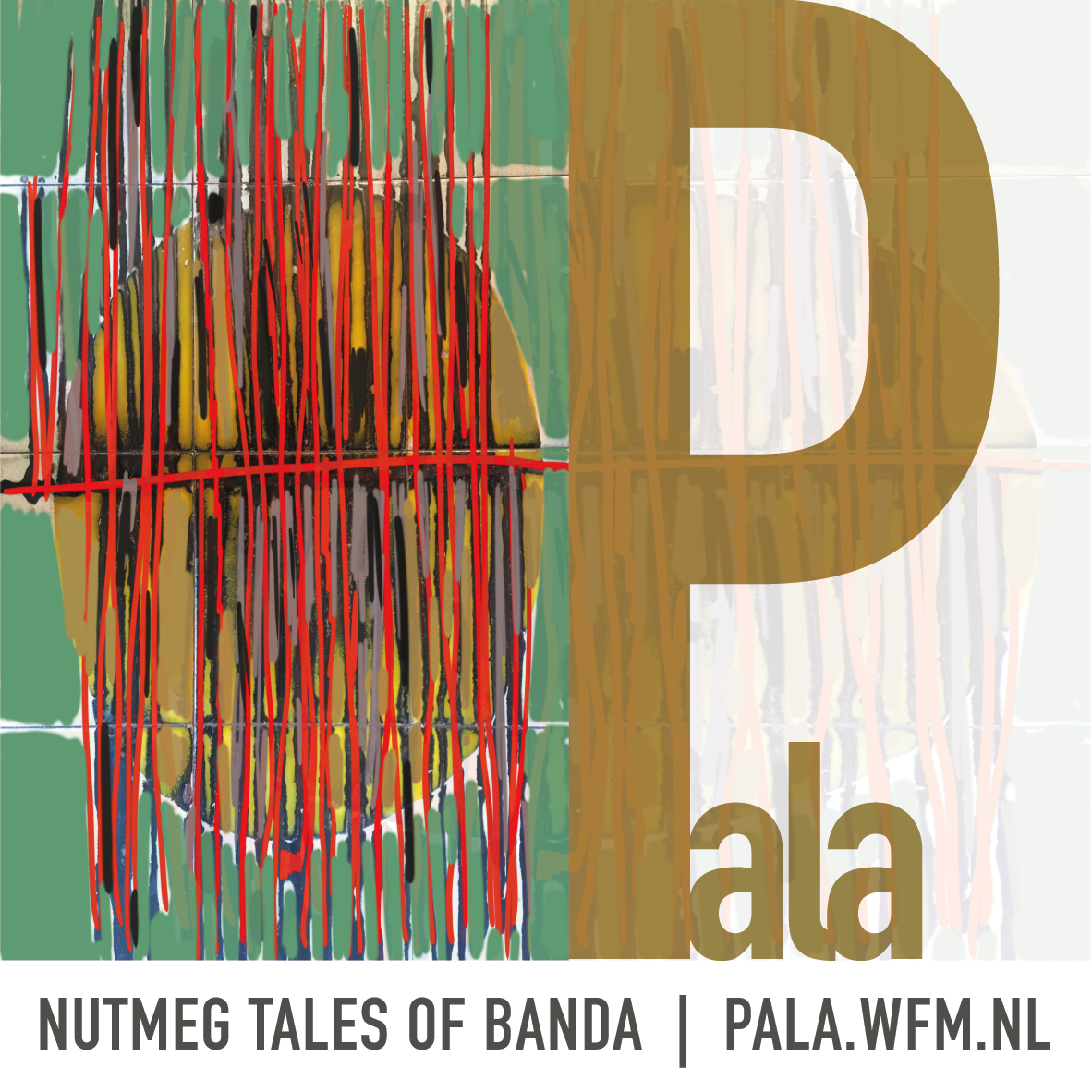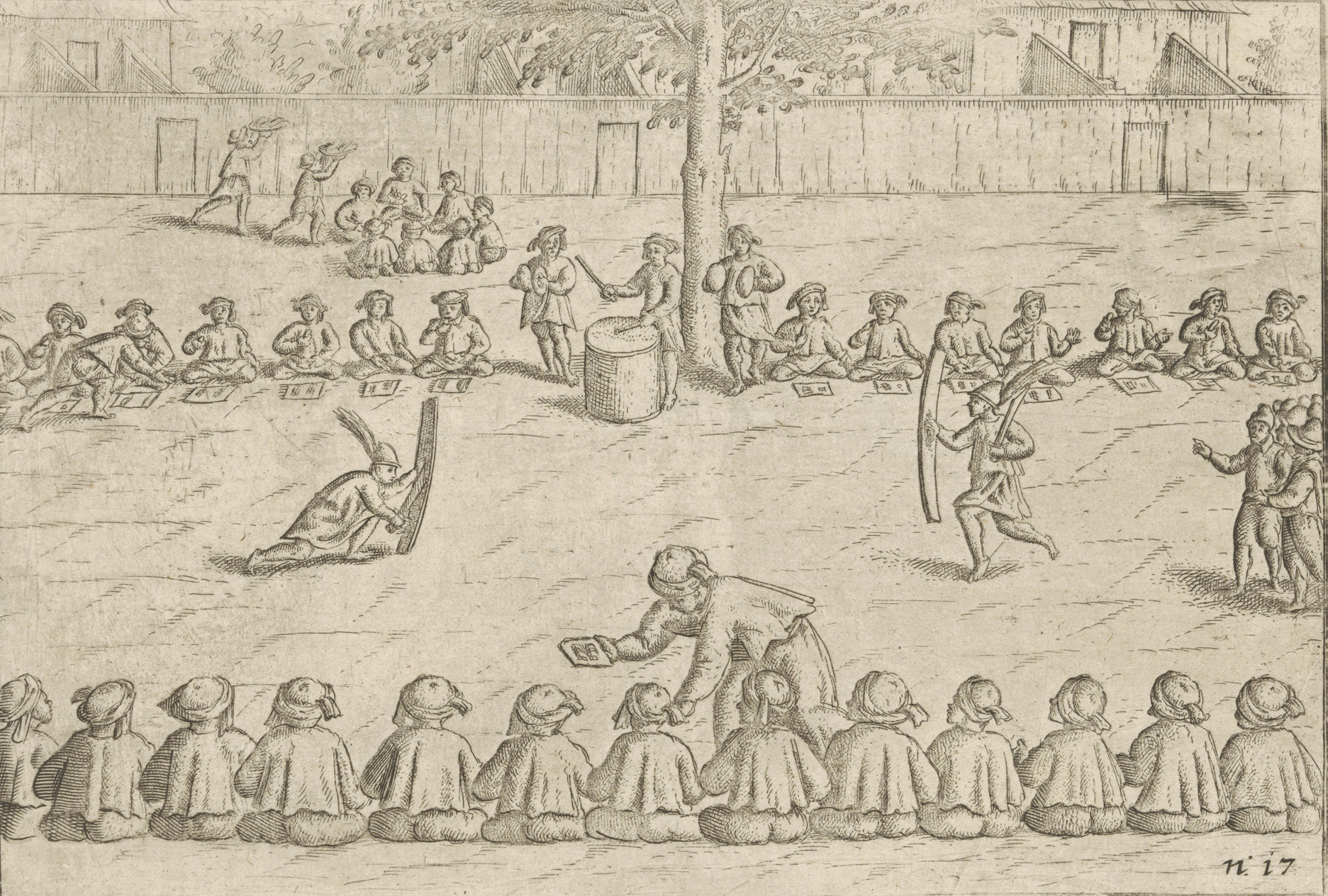The way in which the VOC depopulated the last major island of the Banda Islands in 1621 is understandably often cited as a powerful symbol of what was wrong with Dutch colonialism. But it remains important to look closely at what took place in 1621 and at the period as a whole. This brings into focus that the events of 1621 were not isolated, and that 1621 was not an end point either. Not all Bandanese were killed. From the surrounding region, those who managed to escape attempted to recapture their homes. In the period that followed, the VOC, in turn, subsequently applied its methods used in Banda elsewhere in its attempts to obtain a monopoly on cloves as well.
Dutch ships first visited the Banda Islands in 1599, even before the VOC was founded. They encountered a thriving trading community there. During that first encounter, they behaved much likethe many other traders who visited the islands. They paid their port fees, set up a lodge and bought the mace and nutmeg from the islands in exchange for cotton fabrics but also, for example, weapons.













